What is a Tourniquet
Uncontrollable bleeding is a highly preventable cause of death that affects millions of people a year and is the number one cause of preventable trauma death. However, you can quickly handle profuse bleeding and save a life with the right equipment. One of these crucial pieces of equipment is a tourniquet. When used correctly, you can significantly diminish the risk of death for a victim.
What is a Tourniquet
A tourniquet is a simple first aid device people of all ages can use to cut off the blood flow to profusely bleeding extremities. As someone can bleed to death in minutes, it is imperative to stop the bleeding. While civilians and soldiers use tourniquets in emergencies, doctors often utilize them in operating rooms during surgery.
Types of Tourniquets
There are multiple styles of tourniquets to choose from depending on the area to bind, ease of use, and personal preference. Some use Velcro to hold pressure, while others are essentially jumbo rubber bands that can save lives. A few examples include RATS, CAT, SOF-T, and K-9s (meant solely for your furry friends). When deciding which is best for you, learn the specific application method for that particular type.

When to Use One
Use a tourniquet when a limb's bleeding won't stop with direct pressure alone or if it isn't possible to effectively apply pressure to the area (for example, the limb is trapped under debris and isn't reachable).
How to Use One
While different tourniquets will have slightly different application processes, the gist is that you cinch the device high and tight on the limb over the clothing. Tighten it until the bleeding stops, and note the time of application.
Do not check for a pulse to see if you applied it correctly, as there won't be a pulse in the first place due to the bleed. Incorrectly applied tourniquets will not stop the bleed. If misapplied, do not take it off to reattempt. A second device should be placed directly beneath the first If you have another device on hand. Additionally, never loosen the instrument. It will be painful for the patient, but only trained medical professionals should reduce the pressure or remove them.
Practice applying the instrument until you can efficiently put one on yourself or someone else in under a minute. Unless you have superpowers, you don't have time for mistakes!
Want to learn why tourniquets need to be applied high and tight and why you shouldn't loosen them? Read How Far Up Do You Place a Tourniquet here !

Proper Storage
As previously mentioned, someone can bleed out extremely quickly and will need emergency first aid pronto. To apply a tourniquet swiftly, you must store it somewhere easily accessible. This could be clipped to the outside of a backpack, in an easy-to-reach pocket, or at the top of your first aid kit. If you store it at the top of a bag, return the tourniquet to the top whenever you remove an item. You won't want to frantically dig around your pack in an emergency. An ideal way to store tourniquets on the outside of your backpack is with Billy-Bands, which are compatible with all MOLLE (Modular Lightweight Load-carrying Equipment) systems. While storing tourniquets on the outside of your bag will be the most convenient option, some need to be kept clean, or grime can render the device ineffective. Dirt can make Velcro straps slip and lose pressure. If you're roughing it in the outback, store it inside a bag or use tourniquets like the RATS that can function with a little (or a lot of) mud.
When NOT to Use a Tourniquet
If tourniquets are such excellent, life-saving devices, why shouldn't you use them on other areas of the body? For one, using it on someone's neck is just a little counterintuitive, and they won't be able to stem blood flow anywhere on the torso. When it comes to these wounds, chest seals are the powerhouse you want to rely on.
Possible Risks
Yes, there are some risks. But, if you have to choose between slight damage to the victim's limb or watching them bleed out in your arms, we recommend using the tourniquet. On the bright side, no, they won't lose the limb. This is a popular myth that, if believed, can be lethal. The majority of risk associated with tourniquet use is due to user error rather than the device itself.
It is important to note that tourniquets do cause a build-up of toxins within extremities that could flood the heart when the device is removed. However, doctors can easily combat this with blood thinners, antibiotics, and other methods. This is one of the reasons why only trained professionals should remove tourniquets.

While ninety-nine percent of injuries you encounter won't be life-threatening, take the initiative to be prepared for the one percent. Dying from preventable trauma is devastating, but spreading awareness and encouraging people to take the initiative will help decrease it. If you need a tourniquet, My Medic has various options for all your life-saving needs.
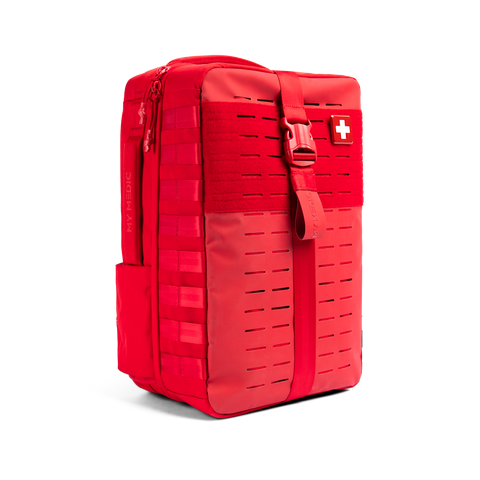 NEW ARRIVALS
NEW ARRIVALS
 BEST SELLERS
BEST SELLERS
 SUPERSKIN™
SUPERSKIN™
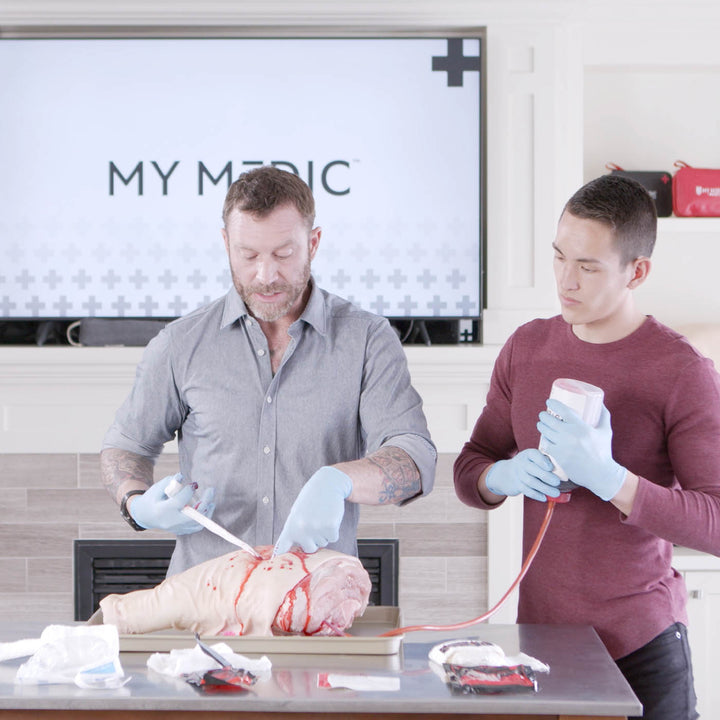 COURSES
COURSES
 GIFT CARDS
GIFT CARDS
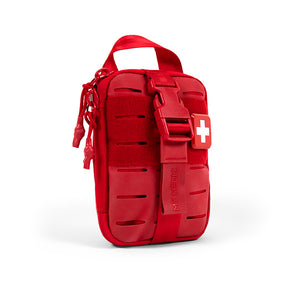 The MyFAK Collection
The MyFAK Collection
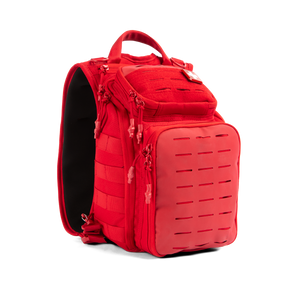 Specialty
Specialty
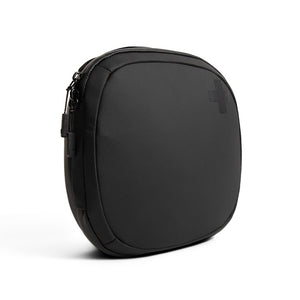 The Ready Collection
The Ready Collection
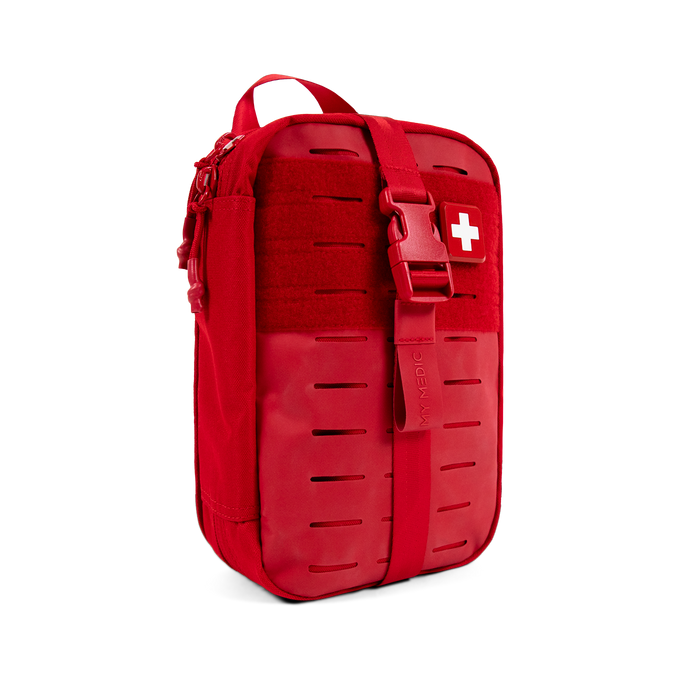
 BLEED
BLEED
 OUTDOOR
OUTDOOR
 TOOLS & DEVICES
TOOLS & DEVICES
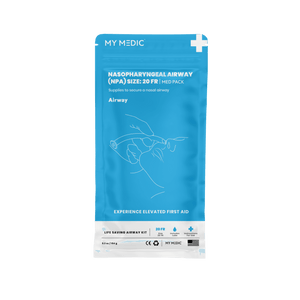 AIRWAY
AIRWAY
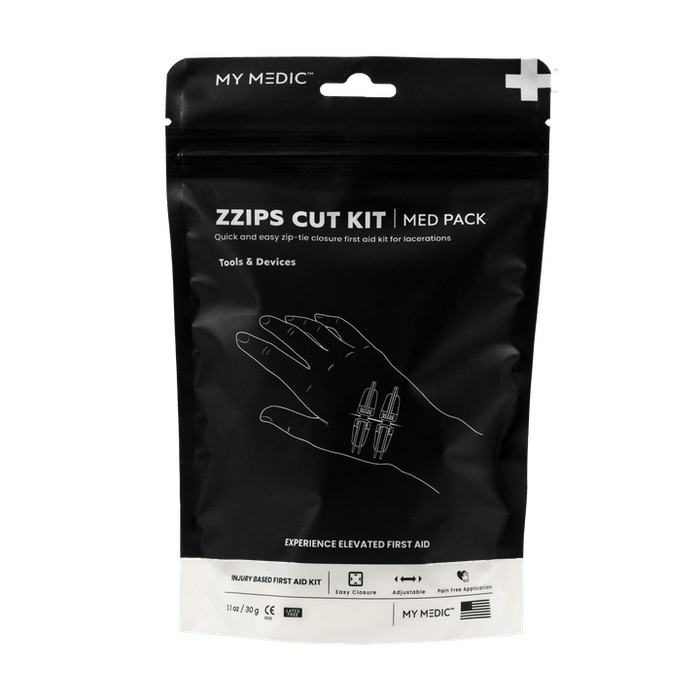
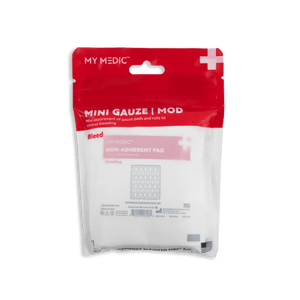 BLEED
BLEED
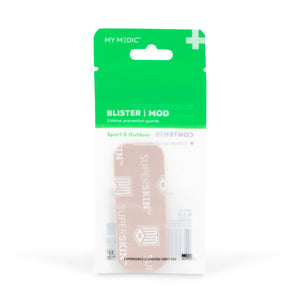 OUTDOOR
OUTDOOR
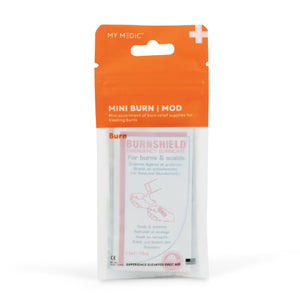 BURN
BURN
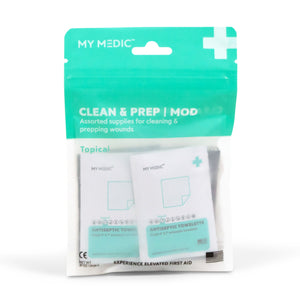 TOPICAL
TOPICAL
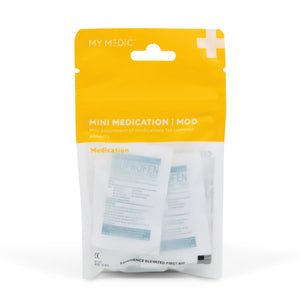 MEDICATION
MEDICATION
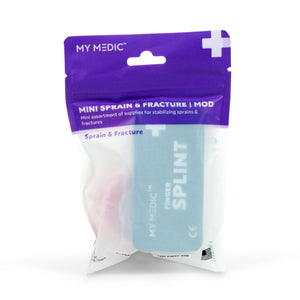 SPRAIN & FRACTURE
SPRAIN & FRACTURE
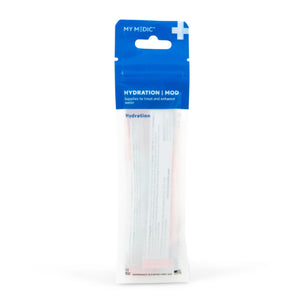 HYDRATION
HYDRATION
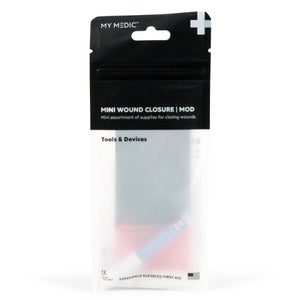 TOOLS & DEVICES
TOOLS & DEVICES
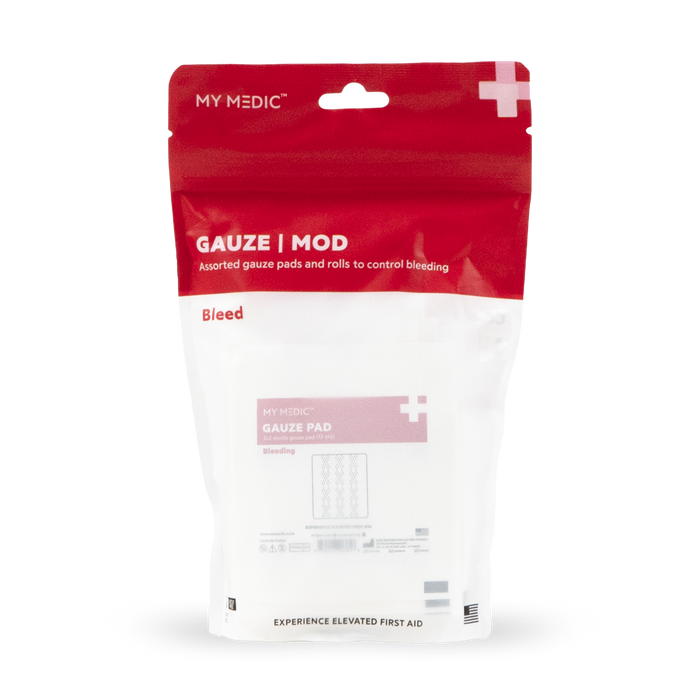
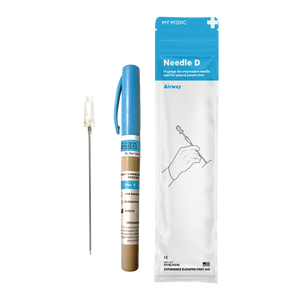 Supply Categories
Supply Categories
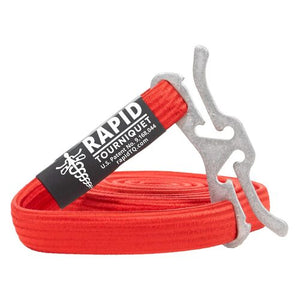 Top Sellers
Top Sellers
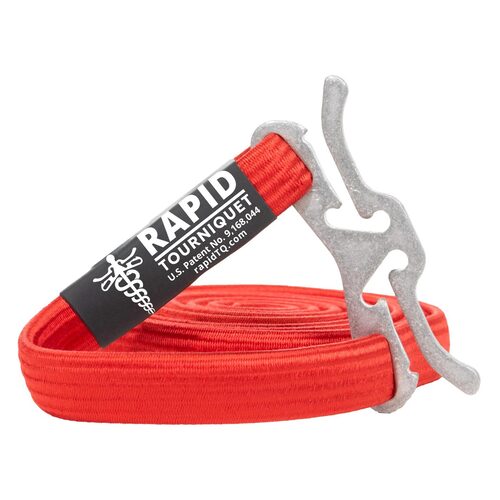






Leave a comment